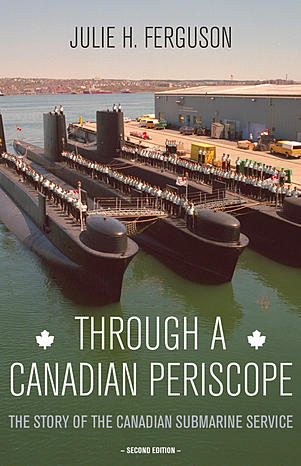
9781612511115 Hardcover & Ebook Naval Institute Press 368 Pages
This consequential work by a pioneer aviation historian fills a significant gap in the story of the defeat of France in 1940. Higham also more fully explains the Battle of Britain and its influence on the Luftwaffe’s invasion of the USSR. The author provides a comparative analysis of the French, German, and British air forces and then dissects their campaigns, losses, and replacement abilities. His research led to an important finding: the three air forces actually shot down only 19 percent of the number of aircraft claimed, and in the RAF’s case, 44 percent of those shot down were readily repairable, contrasting with only 8 percent for the Germans and zero for the French. Higham concludes that awareness of consumption, wastage, and sustainability were intimately connected to survival, and his book emphasizes the necessity of realistic assessments.
Having a late relative who was the only RCAF pilot assinged to RAF 601 "Millionaires" Squadron (so named as from its prewar home for some of the wealthiest members of the Royal (Auxiliary) Air Force, I was engaged in the narrative.
Most French aircraft of the prewar era were of poor design and were unsurprisingly massacred by the Luftwaffe in 1940. From Versailles to Dunkirk, France blamed the army for the loss of five million deaths in the First World War. This feedling lead to pitiful attention to the military which was unprepared for war in 1939.
The UK funded the Royal Air Force slowly and unevenly through the 1920s and 30s and spent much to their air resources in India and other outposts of the British Empire. Poor decisions on acquisitions produced disastrous aircraft such as the Fairey Battle, which like the French designs, was massacred in 1940 by the Germans.
Kudos to Mr Higham for producing this fine work.
This consequential work by a pioneer aviation historian fills a significant gap in the story of the defeat of France in 1940. Higham also more fully explains the Battle of Britain and its influence on the Luftwaffe’s invasion of the USSR. The author provides a comparative analysis of the French, German, and British air forces and then dissects their campaigns, losses, and replacement abilities. His research led to an important finding: the three air forces actually shot down only 19 percent of the number of aircraft claimed, and in the RAF’s case, 44 percent of those shot down were readily repairable, contrasting with only 8 percent for the Germans and zero for the French. Higham concludes that awareness of consumption, wastage, and sustainability were intimately connected to survival, and his book emphasizes the necessity of realistic assessments.
Having a late relative who was the only RCAF pilot assinged to RAF 601 "Millionaires" Squadron (so named as from its prewar home for some of the wealthiest members of the Royal (Auxiliary) Air Force, I was engaged in the narrative.
Most French aircraft of the prewar era were of poor design and were unsurprisingly massacred by the Luftwaffe in 1940. From Versailles to Dunkirk, France blamed the army for the loss of five million deaths in the First World War. This feedling lead to pitiful attention to the military which was unprepared for war in 1939.
The UK funded the Royal Air Force slowly and unevenly through the 1920s and 30s and spent much to their air resources in India and other outposts of the British Empire. Poor decisions on acquisitions produced disastrous aircraft such as the Fairey Battle, which like the French designs, was massacred in 1940 by the Germans.
Kudos to Mr Higham for producing this fine work.
